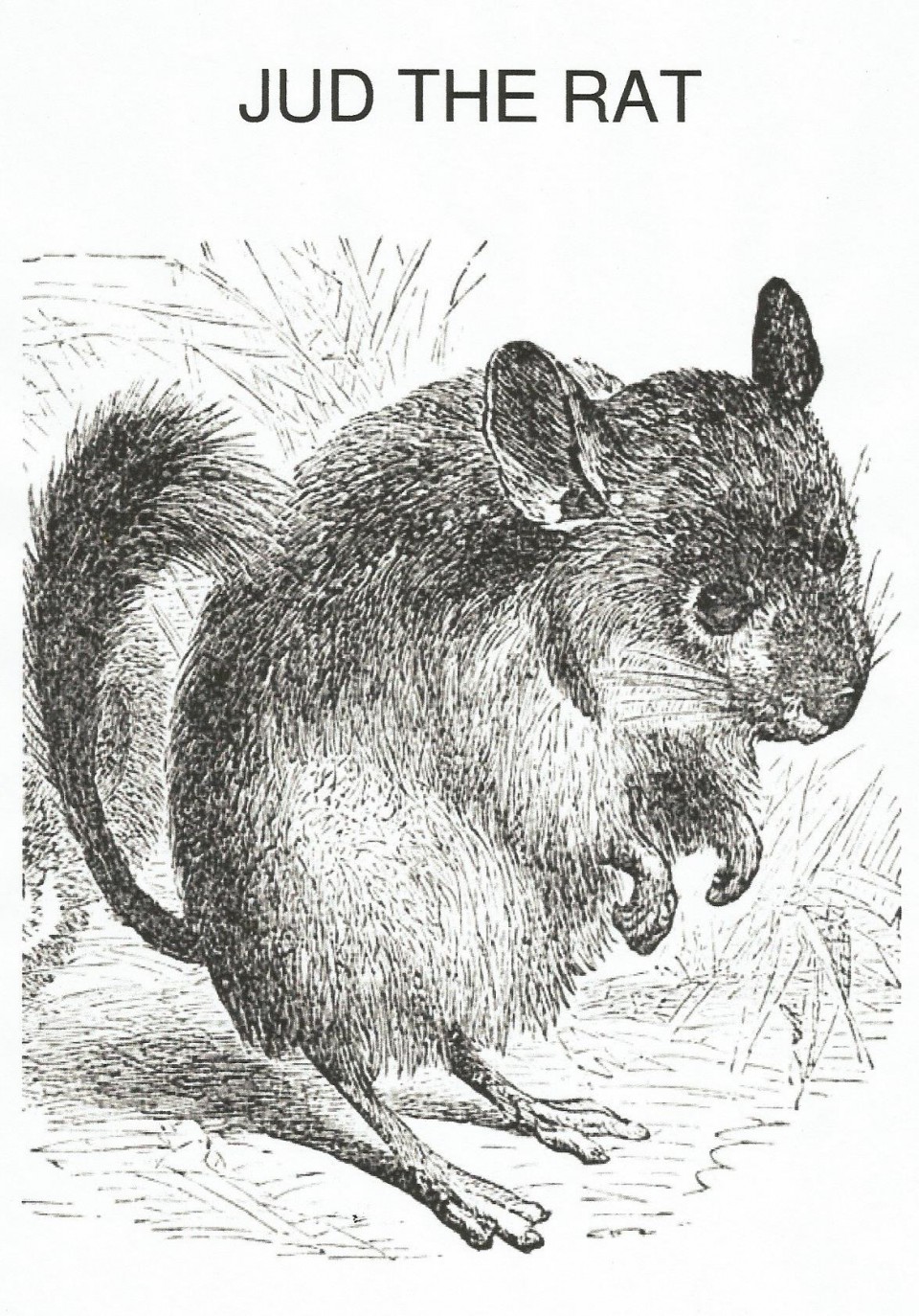One can join as a parent or a teacher or a therapist
There is a network of people using the materials. Some are parents, some are teachers and some are therapists. Parents normally have a child with a learning or reading difficulty, who have found out about the programme through the internet, or through a person who has used the programme materials, or through a person who works with children, or through a person who does assessments. Many of the people using the materials are based in South Africa. Some are from other countries. This is possible as the materials are electronic, and are sent out by email.
How are assessment and evaluation built into the process of using the ebooks?
The programme is assessment and evidence-based. The initial ebook in the series is chosen based on the child’s one word reading, sentence reading, one word spelling and sequential spelling test scores. The use of the book is then workshopped with the parent and the child, by a person who is familiar with the methodology and the content of the series. This process can be undertaken through the internet, but is usually best conducted by someone with whom one can interact face to face.
Parents report that the methods used to work with their children are easy to learn. The evaluation procedures are also easy to use, as they are designed to record observable differences in the child’s reading fluency.
What materials are available?
The materials are phonically regular, large print reading fluency books which are made available electronically. Once the books are printed out and bound, they can then be used for developing reading fluency, as well as for teaching the child how to read and spell.
Detailed tutorial letters and manuals are made available free of charge to members of the programme. There are also activity books which accompany a number of the reading fluency books, at foundation levels in the programme. These have been designed for children who start in the programme as non-readers, and have been used successfully with children who have not learned to read using other methods.
The child is placed in the programme based on assessment. The child’s progress is then evaluated by the parent, as well as by others who are working with the child, or teaching the child. Based on the evaluation, successive ebooks are then chosen and sent to the parent by email. This is done with the aim of enabling parents, therapists and teachers to get materials at a level appropriate to improving the child’s reading ability.
What does this mean in practice?
What this means is practice is that children with reading difficulties can be identified early and then placed on low cost, phonically based, large print reading materials which are delivered by email. The initial ebook is provided free of charge to establish whether the programme works with the child. If there are observable differences in reading fluency, the parent and child are then invited to join the programme.
Therapists and teachers also join the programme. There is a charge for programme membership. This is low cost. There are no other charges or costs involved in belonging to the programme, as once the child’s parent is a member of the programme, all materials are provided by email to the child’s parent free of charge. If the child is also being worked with by a therapist or teacher, a copy of the reading material or activity book is sent to the child’s therapist or teacher free of charge.
Can schools also use the materials?
Both schools and reading centres are currently using the materials, and report that these are effective. For a school or reading centre to use the materials, at least one person who works in the school or reading centre needs to be a member of the programme. A low cost model for using the material is then worked out with the person working in the school or reading centre, depending on the needs of children, as evidenced by their one word reading, sentence reading, one word spelling and sequential spelling test scores.
How is access to the materials arranged?
This is done personally. Our aim as a programme is to get children right, at low cost to parents as well as low cost to others working with the children. The first step is to make contact with me by email at pottercs@gmail.com The second step is then to join the programme so you can try out the materials, and see if they work for you.

Just had a workshop at my school and I am very interested in joining
LikeLike
Hi Wendy
Thanks so much for your comment on our website.
Perhaps you could email me on pottercs@gmail.com and I can then find out what you do and what you need.
I look forward to hearing from you.
With kind regards
Charles
LikeLike